IssueM Articles
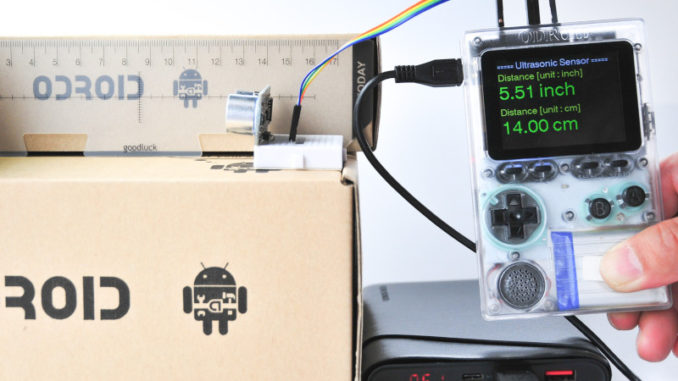
Coding Camp - Part 10: Measure the distance with Ultrasonic
Let us learn how to use GPIO output, IRQ input and system timer with a Ultrasonic distance measuring module ▶
IssueM Articles

Let us learn how to use GPIO output, IRQ input and system timer with a Ultrasonic distance measuring module ▶

This guide assumes that you have installed the packages from the first post, https://forum.odroid.com/viewtopic.php?f=98&t=32173#p233475, and are using the exact same OS image, as this is not tested on any other image. We are again modifying the kernel, and I am in no way responsible for any damage on your hardware. ▶

This is a two-part article that was adapted from the ODROID forum. This first half gives an introduction to the benefits of using Clonezilla, an overview of what will be covered, and the steps used to setup a DHCP server. ▶

The tftp-hpa package is a very small, lightweight FTP server used almost exclusively for booting over a network. ▶
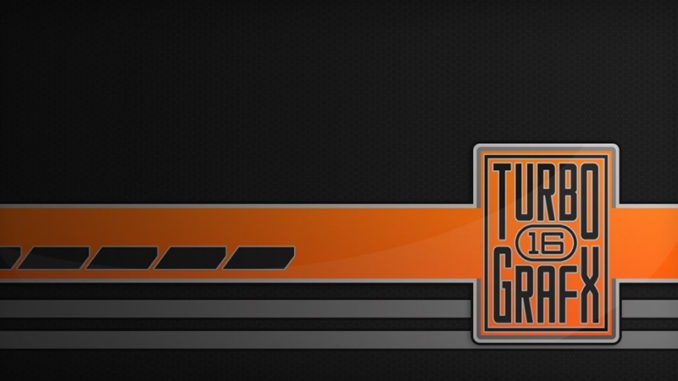
In the last part of the series, I played some really great fighting games as well as some of the great shoot ‘em ups that the console is known for. It was a mixed bag of games, but there were only a few I really didn’t enjoy playing. Overall, the system up until now has many, many games that I very much enjoyed, and only a few spoiled apples in it that I didn’t like at all. I found many interesting games are only available in Japanese, which was expected, but is also sad as I’m missing out on some great games. ▶

Now that you’re all up to speed on the Qwiic Adapter article, here’s another Qwiic project that will give your ODROID-GO the gift of infrared (IR) vision. ▶
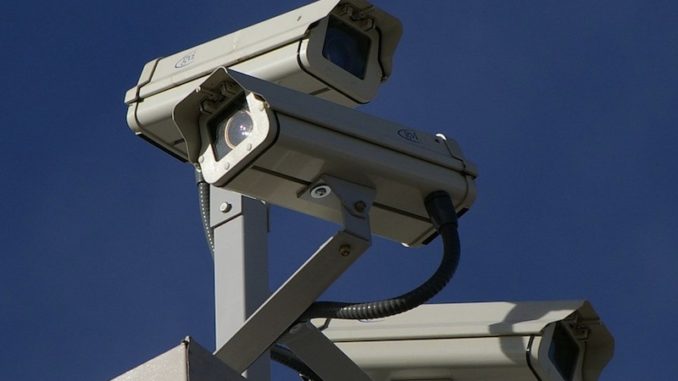
ZoneMinder is an integrated set of applications that provide a complete surveillance solution allowing capture, analysis, recording, and monitoring of any CCTV or security cameras. ▶
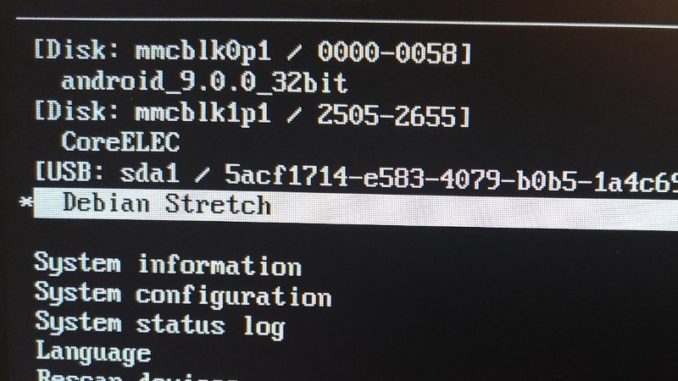
There have been many demands to manage multiple OS and many SBC users had tried to run multiple OS installed in eMMC, uSD and USB storage and, as such, instructions were introduced with a script or Linux commands, as well. Many users succeeded with it but the instructions are not simple for users who are not familiar with the Linux system. We want to help new users who wish to use two OS but having trouble to set up multiple OS environments. ▶
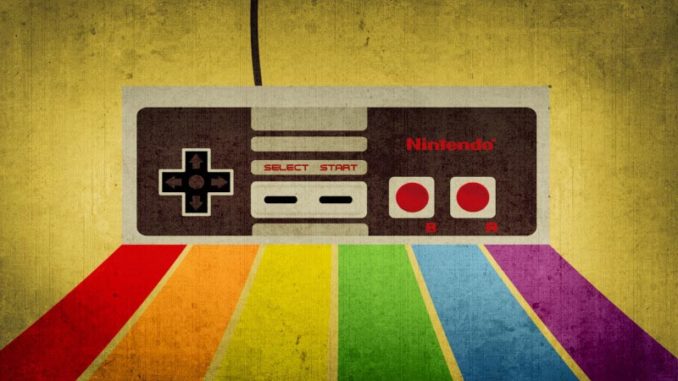
This is a continuation of the Retro Gaming Console article from last month, where we learned how to configure the software for a retro gaming console. ▶
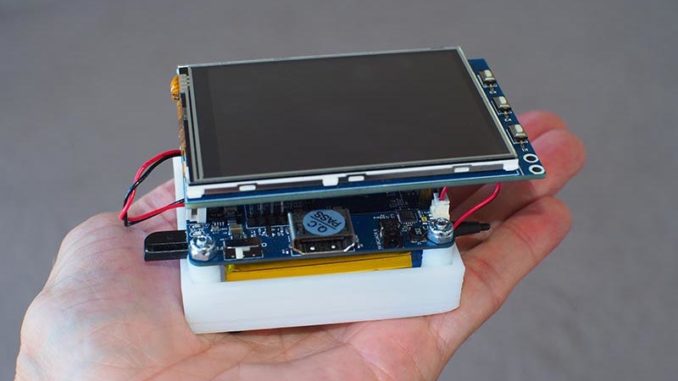
Fresh on the heels of the ODROID Tablet project, https://magazine.odroid.com/article/build-a-rootin-tootin-dual-bootin-odroid-tablet-using-the-odroid-c0-to-make-a-professional-grade-tablet-for-under-usd100/, comes an even more portable version of the ODROID-C0. Rather than sporting a large-scale HDMI-equipped LCD, this “pocket ‘puter” relies on a framebuffer-driven video output displayed on a 3.2-inch thin-film-transistor (TFT) touchscreen shield dubbed the C1. While this touchscreen shield ▶
ODROID Magazine © 2019 Hardkernel, Ltd